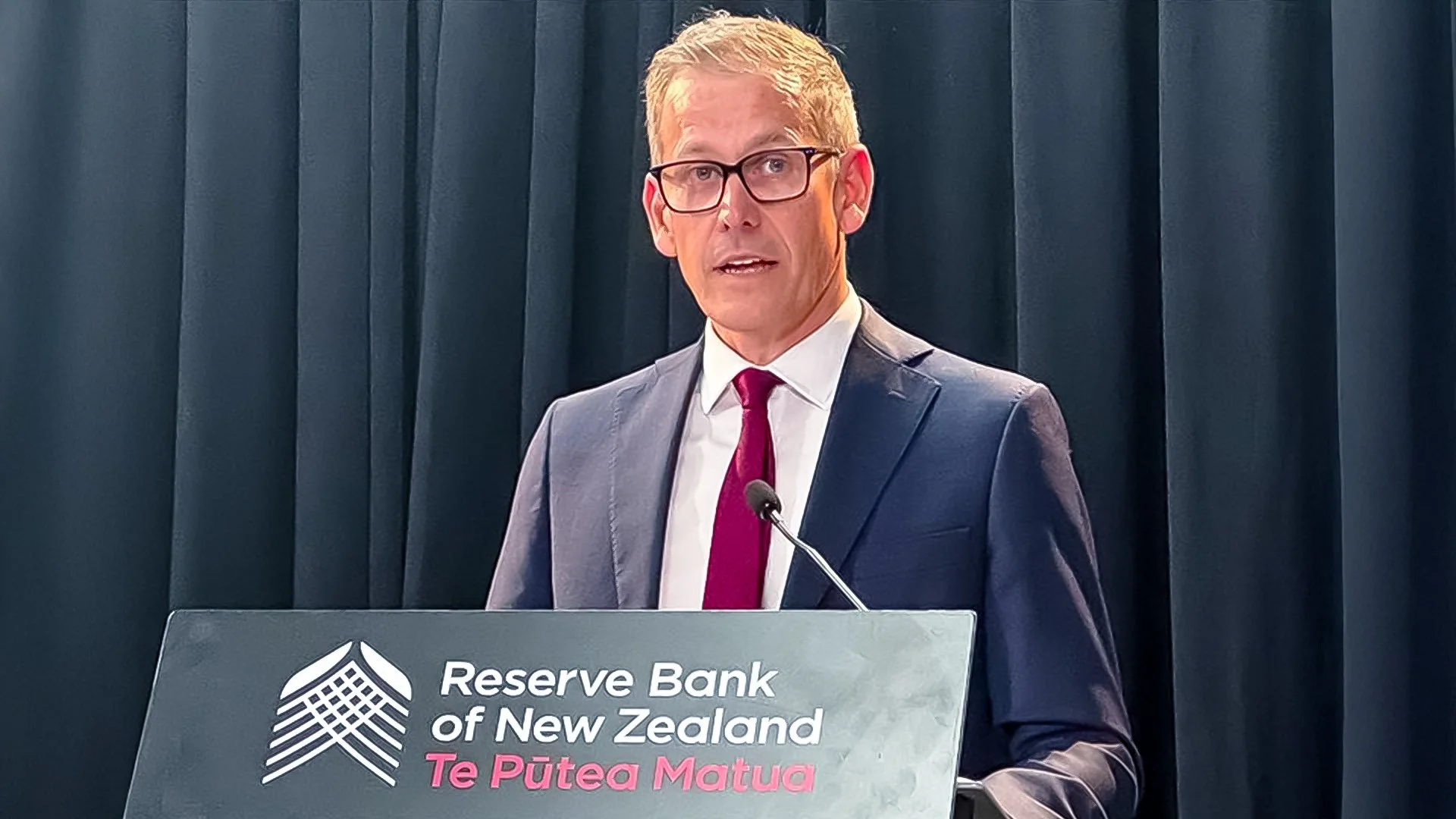RBNZ Governor Hawkesby’s Final Speech: Independence and Partnership in Shaping New Zealand’s Economic Future
Central Bank Independence: A Shield for Economic Stability
In his final address as Governor of the Reserve Bank of New Zealand (RBNZ), Christian Hawkesby delivered a thought-provoking speech at the Directors and Senior Officers Workshop in Auckland. Speaking on central bank independence, Hawkesby emphasized that while autonomy remains vital to sound monetary policy, collaboration across institutions is equally essential to securing New Zealand’s financial future.
For Forex traders, this event was more than a ceremonial speech—it was a potential signal. Every word from a central bank head can hint at future interest rate moves, making it a key moment for those watching NZD pairs like NZD/USD and AUD/NZD.

Why Independence Still Matters
Hawkesby began by reminding audiences why operational independence exists in the first place. When politicians directly influence monetary policy, there’s a risk of short-term political goals—like boosting the economy before elections—overriding the long-term objective of price stability.
“Providing operational independence to a credible central bank removes the temptation to ‘cheat’,” he explained. This ensures inflation expectations remain stable and the economy avoids the damaging boom-and-bust cycles of the 1970s and 1980s.
This independence allows the RBNZ to pursue its inflation targets—currently between 1% and 3%—without political pressure. For Forex traders, this clarity helps in anticipating interest rate changes that directly affect the New Zealand Dollar (NZD). When inflation risks rise, a more hawkish RBNZ typically strengthens the NZD.
Independence, Not Isolation
However, Hawkesby was clear that independence should not mean isolation. “Operational independence does not have to mean working in isolation,” he said, stressing that effective policymaking requires clear communication and shared responsibility between the central bank and government.
He highlighted the Monetary Policy Remit, a document where New Zealand’s Minister of Finance sets measurable objectives for inflation and employment. While the RBNZ independently executes policy, elected officials must still define the long-term goals—ensuring democratic accountability.
This distinction reassures investors that while the RBNZ remains autonomous in its decisions, it operates transparently within a framework of public oversight.
Financial Stability and the Role of Partnership
Hawkesby also underscored that independence extends beyond monetary policy into financial stability. The RBNZ, as a full-service central bank, oversees both monetary policy and the regulation of banks and insurers.
Yet, he emphasized that this role cannot be performed in isolation: “The need for partnership extends beyond government and central bank—to other regulators, fintechs, the business sector, and communities.”
In practice, this means tighter cooperation with the Financial Markets Authority (FMA), Treasury, and international partners like the Reserve Bank of Australia (RBA). Such partnerships are key to addressing emerging challenges like real-time payment systems, digital currencies, and financial innovation.
For Forex traders, this signals that the RBNZ is likely to remain proactive in ensuring New Zealand’s financial system keeps pace with global digital transformation, potentially influencing future NZD stability and international trade competitiveness.
A Global Perspective: Protecting Sovereignty in a Changing Financial World
Hawkesby’s reflections also extended to global developments. He cautioned against growing political interference in central banking—citing how even U.S. presidents have publicly criticized the Federal Reserve in recent years.
He warned that the normalization of such behavior could undermine global trust in independent central banks. This context reminds Forex participants that political rhetoric can impact market sentiment as much as policy itself.
Hawkesby’s closing message was both visionary and pragmatic: New Zealand must safeguard its independence but work in harmony with others to navigate the evolving world of cryptocurrencies, central bank digital currencies (CBDCs), and instant payments
Why This Speech Matters to Forex Traders
For those in Forex trading—especially Forex trading for beginners—understanding speeches like Hawkesby’s provides valuable insight. Central bankers often use such events to subtly shape market expectations.
A “hawkish” tone—emphasizing inflation control and independence—can strengthen a currency like the NZD, while a “dovish” or partnership-heavy message may indicate caution and potential policy easing.
Traders observing the NZD/USD pair, for instance, often watch how markets interpret the Governor’s tone. Even subtle phrases about policy direction or economic risks can move markets in seconds.
Partnership Without Compromise
Governor Hawkesby’s final message to New Zealand and global markets was clear: Protect independence, embrace partnership. His speech reaffirms confidence in New Zealand’s robust financial governance, a key reason the New Zealand Dollar (NZD) remains one of the more stable currencies in the Asia-Pacific region.
As New Zealand navigates a rapidly changing financial landscape, the RBNZ’s approach—balancing autonomy with cooperation—offers lessons not just for policymakers but also for traders seeking to understand how macroeconomic stability shapes Forex movements.
Want to learn how to interpret central bank speeches and use them to improve your trading strategies?
Join our FREE Forex Workshop at GME Academy and discover how policy insights can guide your next smart move in the market.

